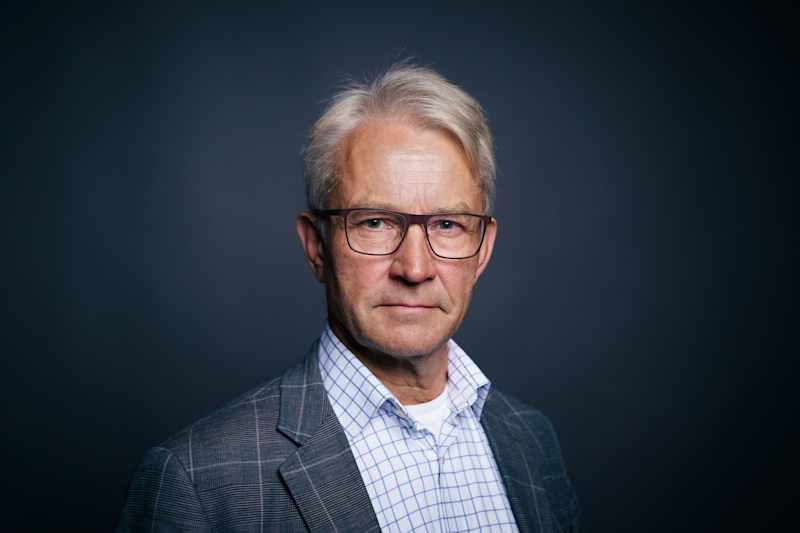The EU’s objectives for restoring nature are important and sensible, but what is the logic behind the measures and calculations? Lauri Kontro wonders.

The word of the day is restoration. The EU Commission has woken up to the fact that safeguarding biodiversity requires restoring native nature. Europe’s nature should be restored to what it was in 1952.
The proposal has sparked a furious debate. Our neighbouring country Sweden has announced its withdrawal from the project. The Swedish view is clear: forest policy is a national matter. Sweden has managed its forests well, so let the EU keep its hands off them.
If we were to go back to 1952, we would have to cut down more than a third of our forests.Finland’s forests have grown so much since then that the wood supply in our forests is greater than it has been for hundreds of years. Only part of that growth is used, never all of it.
What about Finland’s lakes, are they still like the good old days? There are problems, but luckily less than you might think. Wastewater from factories is cleaned, and cities are no longer allowed to discharge their sewage into waterways. Nutrient emissions from agriculture have decreased due to conservation measures and due to the fact that fertilizers have become terribly expensive. Most of Finland’s lakes, a full 87 percent, are in good or excellent ecological condition.
The commission’s goals are important and reasonable in themselves, only the measures and calculations are strange. According to the commission, restoration would cost 1 billion annually, and it would result in an increase of 10 billion to the national product. This perpetual motion machine has been invented in such a way that e.g. Studies in Samoa and Eritrea.
Of course, Pohjola also has problems. Cities are growing, new highways, rail connections and airports are being built. Asphalt does not turn green. Hectares of trees are cleared from under each windmill erected in the forest. The river has been drained more than was necessary.
The EU wants to increase green areas in cities as well. Greening would also act as a brake on urban warming. The value of green local nature in big cities will certainly increase in value. Trees and parks, ponds and flowing water are needed next to concrete.
Nature must be left to future generations in a better condition than we received it ourselves. However, nature is not unchanging, it cannot be returned to a certain point in time. It is constantly changing.
There are more rare large beasts, wolves, bears and lynx than ever before. White-cheeked geese, cormorants and crows are multiplying to the point of trouble. The number of gray tit has decreased, but the number of tall tit and blue tit has increased so that the total number of tit has increased. Why this happens, no one knows for sure.
You can discuss the column on 17.11. until 23:00.
